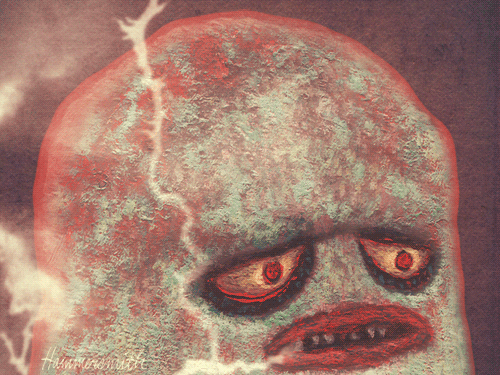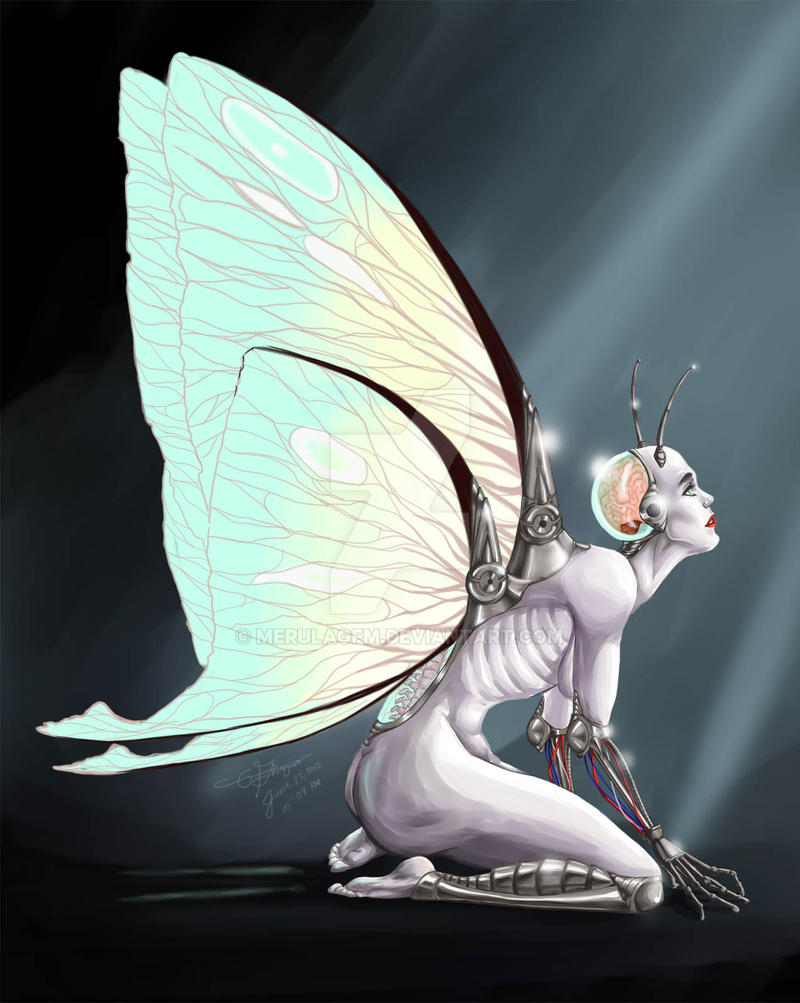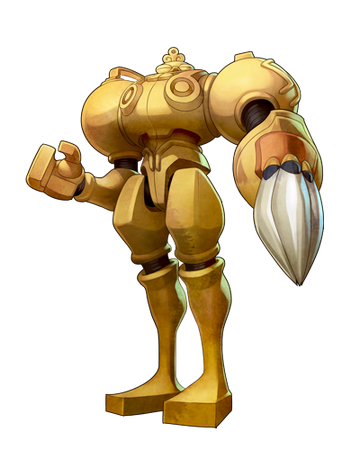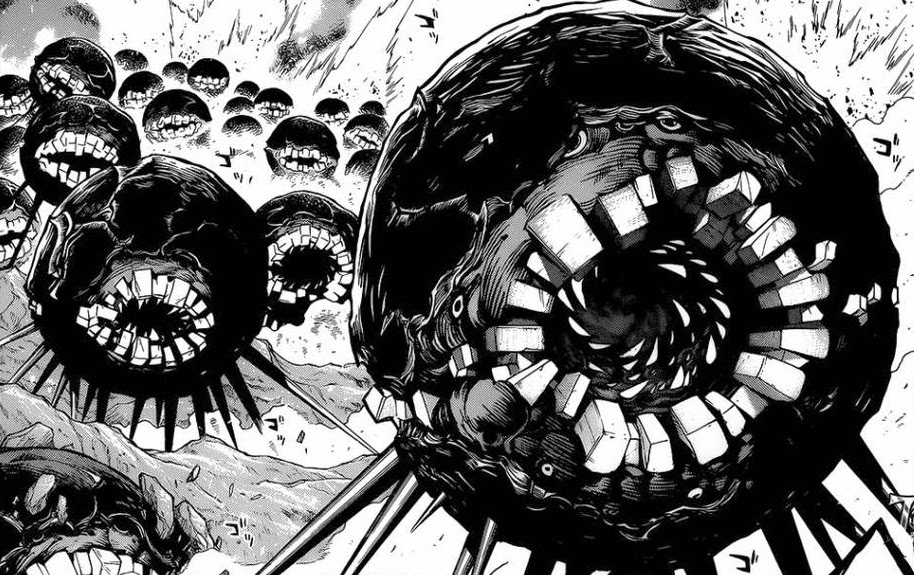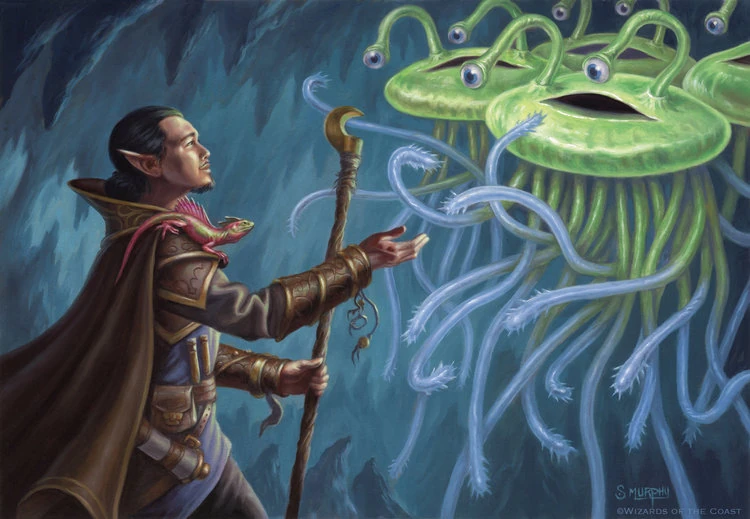Sapiens provides an impressively comprehensive and coherent look at the history of humanity, with some big picture ideas around superorganisms and the nature of religions and ideologies which strongly resonated with me.
Dawn of Everything provides deep and detail-oriented insights into various indigenous and historical cultures, arguing for how things were and how things could be in ways that, while I have some qualms or open questions, I nonetheless find compelling and aspirational.
Ubuntuism the African humanist philosophy. I still have read very little into it unfortunately, since very little of it is readily available, although Enziramire has pointed me to some of
Samkange's other works. If Cartesian Rationalism says "I think therefore I am", Ubuntuism says "I am therefore we are". Given the interconnectedness of all people, any one's existence is confirmation of the existence of all others, and the acknowledgment of our collective being. An elegant synthesis of ethics, epistemology, and metaphysics. Amazing. Another book on African philosophy I hope to read that Enziramire turned me onto:
The African Novel of Ideas: Philosophy and Individualism in the Age of Global Writing.
I assume many of the ideas in that book would fall into the subsequent category below, or outside of either of these categories, which is of course the problem with trying to discretely categorize things like this. I apologize in advance if my categorical scheme between these paragraphs implies any ignorance on my part, but anyway I am not taking these categories as Truths of the universe.
Animism. This is such a broad category that I don't even know where to begin pointing to, and frankly I have not done nearly enough formal reading. I used to be one of those people who thought of animism along a linear spectrum of "progression", but I realize now how mistaken that idea was. As with Ubuntuism, or the Panentheism I see in Judaism, there is an understanding in Animism of the interconnectedness of things,
a kind of graph theory by way of spirituality. Some Animism or indigenous culture-related books I hope to read eventually:
Very much open to other suggestions! I'd also like to read more about Shintoism and the Shinto/Buddhist interaction, indigenous Japanese animism such as the Ainu, and the Jomon era (I am somewhat knowledgeable on some of these things already); Australian, Polynesian, Pacific Island indigenous beliefs (and also the math of their astronomy and naval navigation, if known); Inca, Maya, Olmec, Teotihuacan, Hopewell, and other civilizations of the Americas; Celtic Animism; the list goes on...
Somewhat of a tangent, but I'm also interested in the Animist/Dualist interaction, like the recurring
Hero Twins in relation to an otherwise Animist schema in many Native American mythologies, the Ondinonk / soul desires concept of the Wendat which I can find very little about online but read about through Dawn of Everything; some of my thoughts around the Philosophy of Games (see that section further below) intersect with these spiritual and cultural ideas. Likewise, the way DoE describes the historical trade practices in the Americas as being rooted not in market / barter economics as we think of it, but in heroic adventures, art, and spiritual wellness; I believe the interaction between these ways of thinking with various aspects of systems or quantitative thinking is profound and vastly underexplored in modern culture, even among more radical countercultures that I'm aware of. Also interested in the dualism of Zoroastrianism, Gnosticism, and Yazidi mythology, but I'm not sure if any of that fits into this so that's entirely a tangent...
Poetry, Manifestos, and Countercultural Literature. A broad category and I'm not sure how to describe it's influence necessarily. Perhaps inspired by my
interview with Ms. Screwhead of
Was It Likely (and
Iconoclastic Flow!). Much of what appeals to me about poetry is its synthesis of structure and aesthetics. Listen to
this episode of the
Ezra Klein podcast, they explain it better. I've been thinking about
numinousness, specifically through a conversation with Semiurge, and I believe that ties into this as well. I've been reading things like
James Baldwin and the
Beat Poets, and some of the manifestos like
The Dada Manifesto,
The Manifesto of Futurism, and hopefully soon the
The Surrealist Manifesto (I'll also get around to properly rereading
The Communist Manifesto some day...). It may not directly influence the setting, but it's influencing how I'm thinking about things generally. All of this talk about numinousness and poetry reminds me that from Semiurge's suggestion, I really need to read
Novalis as well.
The Philosophy of Games. I've been thinking about
"games" for a while. Inspired by
Kondiaronk and the
Wendat people (by way of aforementioned Dawn of Everything), the philosopher
C. Thi Nguyen (he had a great
Ezra Klein interview as well, and he also has a book,
Games: Agency as Art which admittedly I have not read yet),
Genetic Algorithms, and TTRPGs in the abstract. I also need to read
Homo Ludens. In the same way that language and writing have been transformative technologies that meaningfully influence society and individual human consciousness, I believe other transformative technologies have existed, or could exist, and that the pursuit of such is no less worthy than that of any other cultural pursuit, or at the very least is a worthwhile pursuit within the context of creative endeavors, the arts, fiction, gaming, etc.
The Aquarians of Aquarian Dawn. Yes I'm referencing my own setting. I still think there's more to explore with that, and I'm better equipped to do so now than I was a 4+ years ago when I was running that campaign. Mike of
Sheep & Sorcery described The Aquarians as like a Fantasy version of the Tau from WH40K. While I'm referencing my own ideas feeding into this, I'm also working on something called
The Mycelium Matrix with
Huffa, which conceptually feeds into this setting well.
The X-Men Comics, specifically the Krakoan Era, and the Cerebro Podcast by Connor Goldsmith. I've always been a fan of X-Men, but the Krakoan Era has really been exceptional (note that I'm still like at least a year behind and very slowly catching up while simultaneously reading through the
Claremont era and other classics...). I love how Krakoa picks up kind of where
Grant Morrison's New X-Men left off philosophically, trying to not just fit the X-Men into a metaphor of the status quo, but to elevate them, to explore how the interaction of spiritual, intellectual, scientific, and queer ideas might create something radical and powerful and new, something Weird and Numinous and technomagical, while acknowledging flaws and failings and the ways in which they might be undermined or might undermine themselves. It's one of the most interesting takes on the Superhero Mythology that I've ever seen, and it's amazing how consistent and organized it has been across the entire line of books, many creative teams, over a span of years, which is in itself a testament to the narrative they are telling. There's just nothing else like it afaik; even despite the corporate constraints it tells a more interesting and profound story than most anything else of its kind. It is a profoundly honest attempt to explore a new kind of society. I find it inspiring and aspirational in the same way I find the ideas explored in Dawn of Everything, or those explained below.
Charles Stross' Accelerando and Glasshouse, Adrian Tchaikovsky's Children of series, and Quipu, or the importance of numinousness, and considering alternative STEM frameworks and the interaction of philosophy and STEM through science fiction or other cultures. A reductive explanation of Stross and Tchaikovsky, and why I group them together, is that they each explore in a brilliant, imaginative, and at least semi-plausible way, transhumanist worlds, through AI/singularity and animal uplifts, respectively. Return to my quote from Semiurge on Pariah to hopefully at least understand in part the circular relationship between any meaningful exploration of the past and future. I am still reading Glasshouse, and have not read Children of Memory yet.
Semiurge also recently suggested an idea around reconceptualizing our categorical frameworks of knowledge, i.e. the semi-arbitrary distinction between humanities and STEM, suggesting as one possibility the idea of
numinousness as a better dimensionality reduction (that's my own paraphrasing of it, using
Principle Component Analysis as a metaphor here). Some of this I believe is expressed in his
Random Numbers, itself inspired by my
Weird Colors. This also gets back to the poetry stuff.
As someone who values STEM / systems-thinking, I also want to explore alternative frameworks of doing so, either from science / speculative fiction as explained above, through poetry and spirituality and in the numinous, or through indigenous or historical cultures. I find ideas like the Inca Quipu's knot-based encoding system and other historical or indigenous maths and sciences absolutely fascinating (including
modern indigenous maths [EDITED: Hyperlinking this post from the future (it's lower down in the post...)]), and beneficial to humanity as a whole both in a one-dimensional sense as the net effect of its application, but even more so in the multidimensional profundity that comes in having multiple frameworks from which to think about things, and all the ways one may combine them. Below are a couple books that I admittedly have not yet read but that I hope to read eventually.
My exploration of Gematria would also fall under this category.
While he is more so an inspiration for MRD Vol. 2, I continue to think Norbert Wiener is someone more people should be reading. He is the originator of the concept of cybernetics, and also someone who clearly thinks critically and philosophically about the world, with generally leftist/progressive views which he was very frank about, and an excellent example of the numinousness found in the intersection of STEM and philosophy. The Human Use of Human Beings, and God & Golem, Inc. are both fairly short reads and geared towards a general audience, and I would recommend both of them (the former especially).
Finally, many of these ideas have been coalescing through my ongoing conversations with my friend
Dr. Flux.

